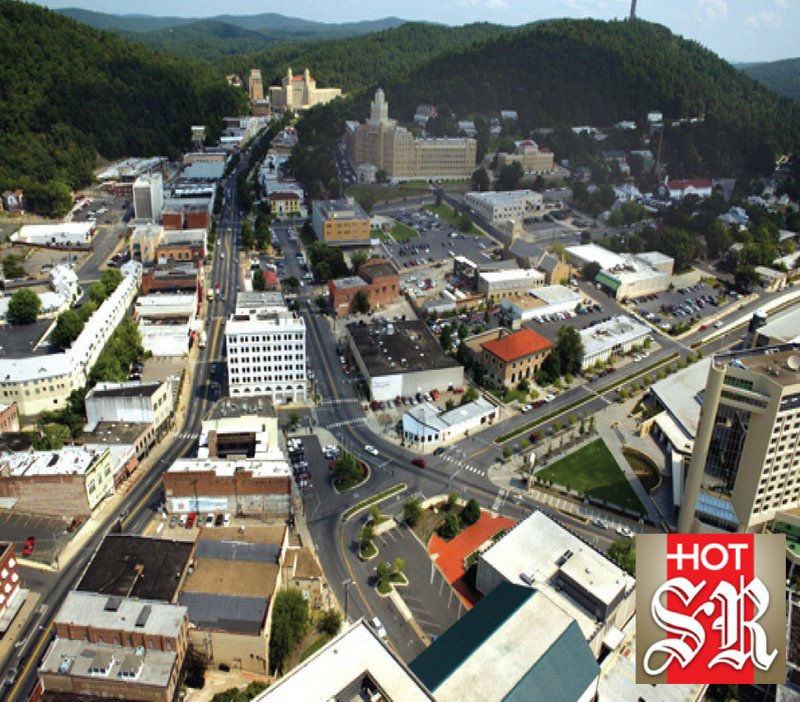Two historic areas disqualified from Community Development Block Grant infrastructure funding are working to bring the federal funds back to their neighborhoods, the city said.
The U.S. Department of Housing and Urban Development directs CDBG infrastructure dollars to Census tracts where 51 percent of housing units are occupied by low-to-moderate income households. The city said 2017 American Community Service Census data showed the Gateway and Langston Garden neighborhoods near the intersection of Malvern and Grand avenues no longer meet the occupancy requirement.
"There was a 51 percent decrease in occupied homes, from 655 during the 2000 Census to 335," Planning and Development Director Kathy Sellman told the Hot Springs Board of Directors Tuesday night. "The exact status of each vacant home is not available from the Census, but observations and conversations with the community lead us to believe they're not for sale and not for rent.
"We're researching this further. In the meantime, Langston Gardens and Gateway leadership have been discussing strategies to encourage occupancy of vacant homes. I really want to emphasize this is a federal regulation based upon federal information from the U.S. Census. The determination of eligibility is not in (the board's) hands."
The 2017 count showed 10,772 of Garland County's 50,834 housing units were vacant.
Sellman said north of East Grand from Pleasant Street to Convention Boulevard in the Gateway neighborhood and south of East Grand from Malvern Avenue to Cypress Street in Langston Gardens no longer qualify for infrastructure funding. She said the areas are still eligible for affordable housing and economic development funds, but sidewalks, streets, parks and blight abatement have been the focus of the city's CDBG strategy since 2014.
The annual CDBG plan the board approved Tuesday did not include $11,700 for amenities at the Rev. James Donald Rice Pocket Park, which ranked eighth on the prioritized list of projects the board approved in February. The park's location in an area that failed to reach the occupancy threshold made it ineligible for funding from the city's $450,010 allocation for the current fiscal year.
Increasing occupancy rates in the two neighborhoods is one of the goals listed in the 2019-2023 CDBG plan the board adopted Tuesday night.
"I understand what's going on with the vacancies," District 2 Director Elaine Jones, whose district includes the affected areas, told the board. "I knew years ago what would happen in case of the percentage dropping. Gateway is working on it. We're going to come up with something."
City Manager Bill Burrough told the board the 2020 decennial Census will determine the city's future allocation of federal and state dollars. An accurate count is critical for the city to realize its fair share, he said.
"I can't emphasize enough how important that is to not only your individual neighborhoods, but to your districts," he told the board. "That Census count is extremely important data. It will be here for the next 10 years, and a lot of decisions from federal to local are made by those Census counts."
Most of the two neighborhoods were also excluded from Opportunity Zone designations made by the state last year. Part of the Tax Cuts and Jobs Act of 2017, Opportunity Zones are low-to-moderate income areas where profits from the sale of investments or property can be invested without exposure to capital gains taxes. Profits from Opportunity Zone investments held for 10 years are exempt from capital gains taxes.
The western area of the Gateway neighborhood lies in one of the city's three Opportunity Zones. Downtown and the Whittington and Park areas make up the city's other zones.
Local on 06/20/2019
